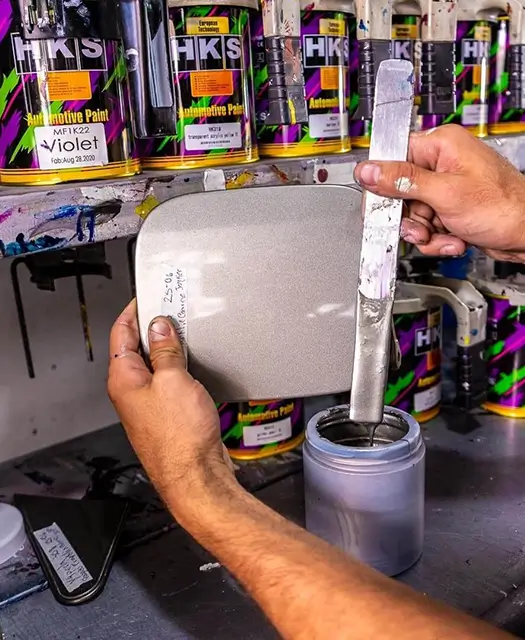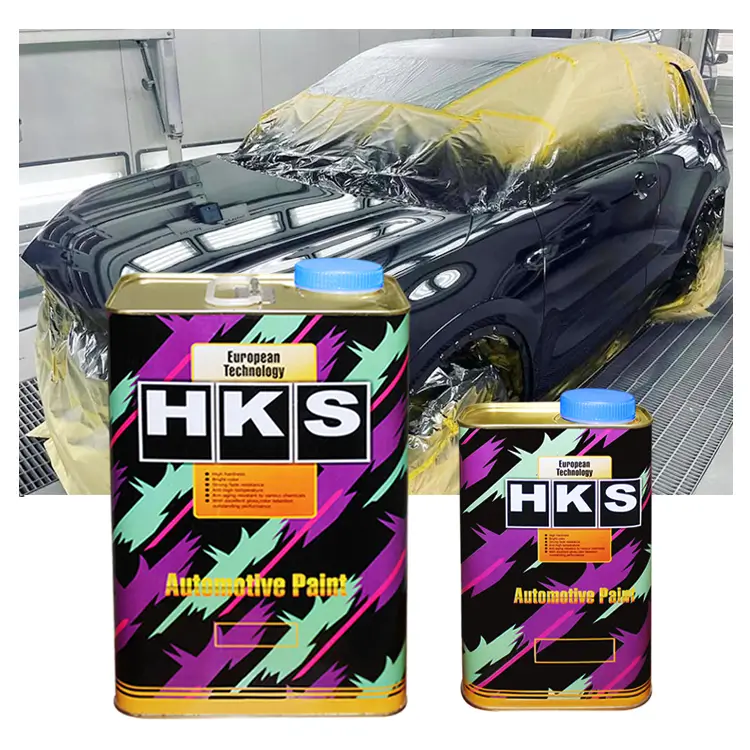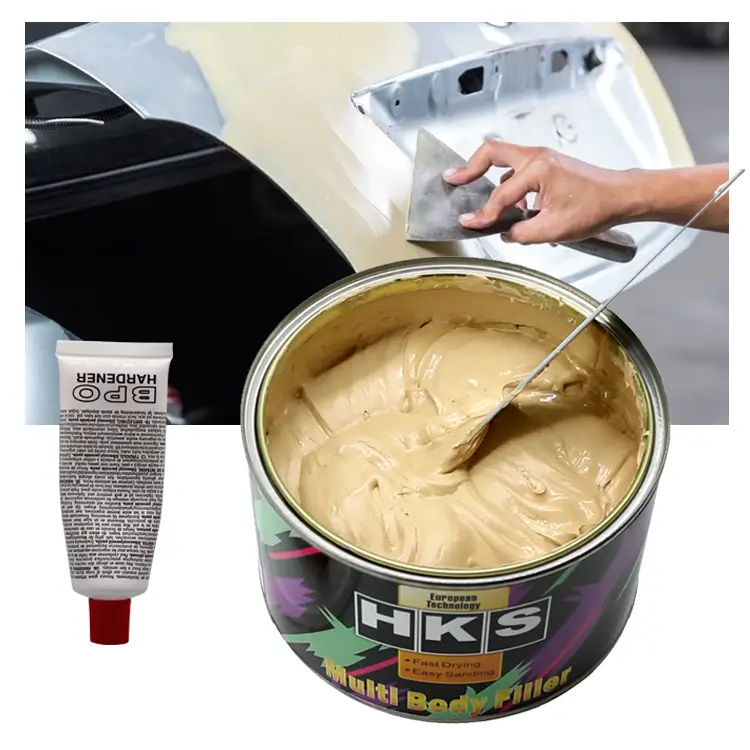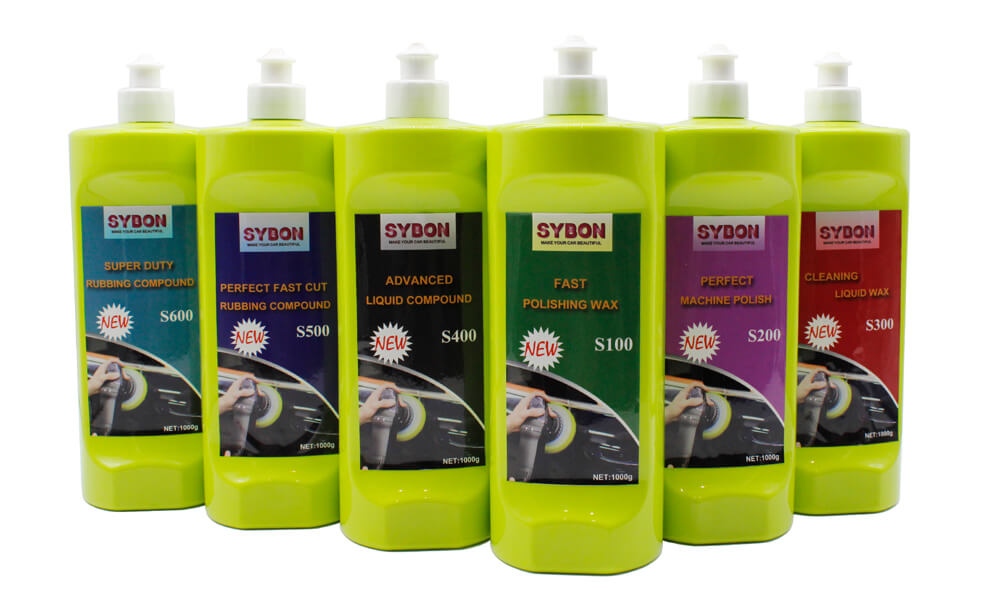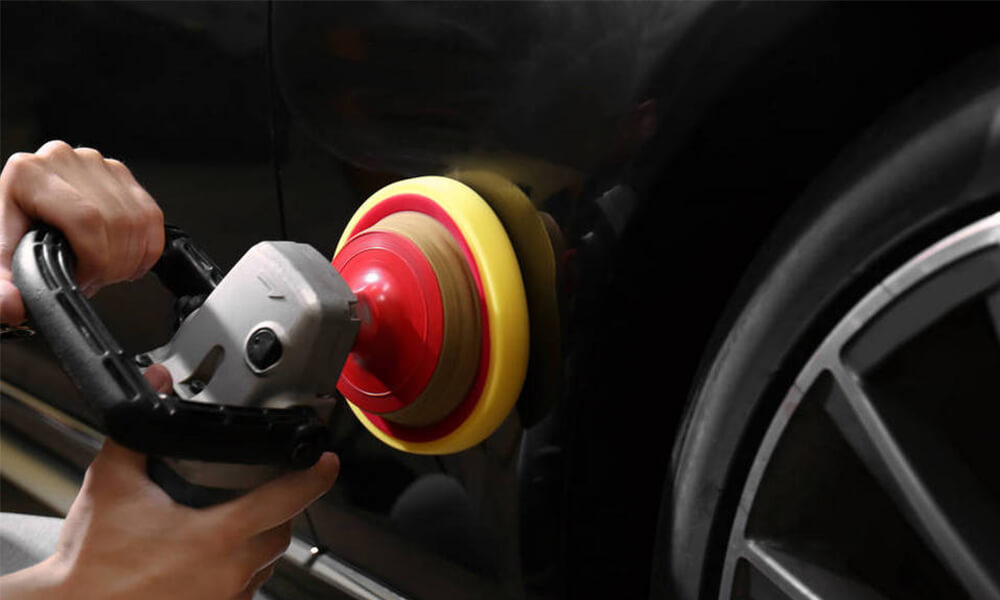
Car polishing compounds are an essential tool for car enthusiasts and professionals alike. They are used to remove swirl marks, scratches, oxidation, and other imperfections from a car's paintwork. The use of a car polishing compound can restore the shine and gloss of a car's paintwork, making it look like new again. In this article, we will explore car polishing compounds in detail, including their types, benefits, and usage.
Types of Car Polishing Compounds:
There are two types of car polishing compounds available in the market: abrasive and non-abrasive. Abrasive compounds contain microscopic particles that help to remove imperfections from the car's paintwork, while non-abrasive compounds are designed to restore the shine and gloss of the paintwork without removing any material.
1.Abrasive Compounds:
Abrasive compounds are typically made of abrasive particles such as aluminum oxide, silicon carbide, or diamond dust. The abrasive particles in these compounds range in size from coarse to fine, and their effectiveness depends on their size and concentration. Coarse abrasives are more effective at removing deep scratches and swirl marks, while fine abrasives are better suited for removing light scratches and restoring the gloss of the paintwork.
The use of abrasive compounds requires caution and care as they can cause damage to the paintwork if used incorrectly. It is essential to select the right abrasive compound for the task at hand and follow the manufacturer's instructions for use. Using too much pressure or working on the same area for too long can cause the paint to burn, leaving unsightly marks and damaging the clear coat.
2.Non-Abrasive Compounds:
Non-abrasive compounds are designed to restore the shine and gloss of the car's paintwork without removing any material. These compounds contain lubricating oils and polymers that help to fill in small imperfections in the paintwork, giving it a smooth and glossy finish. Non-abrasive compounds are safe to use on all types of paintwork, including clear coats.
Benefits of Car Polishing Compounds:
There are several benefits of using car polishing compounds, including:
1.Removes Imperfections
Car polishing compounds are highly effective at removing swirl marks, scratches, oxidation, and other imperfections from the car's paintwork. By using the right compound and technique, the paintwork can be restored to its original shine and gloss.
2.Restores Paintwork
Car polishing compounds can restore the paintwork of the car to its original shine and gloss, giving it a new look. This is especially beneficial for older cars that have faded or dull paintwork.
3.Protects Paintwork
Car polishing compounds can help to protect the car's paintwork from environmental damage, such as UV rays, acid rain, and other pollutants. By restoring the protective layer of the paintwork, the car is less susceptible to damage.
4.Increases Resale Value
A car with a well-maintained paintwork is more attractive to potential buyers and can command a higher resale value. By using car polishing compounds regularly, the car's paintwork can be kept in top condition, increasing its resale value.
Usage of Car Polishing Compounds:
Using car polishing compounds requires careful preparation and attention to detail. The following steps should be followed when using car polishing compounds:
Wash the Car: The car should be washed thoroughly before using a polishing compound. This will remove any dirt, grime, or other contaminants that may scratch the paintwork during the polishing process.
Select the Right Compound: The right polishing compound should be selected based on the type of imperfection that needs to be removed. Coarse abrasives should be used for deep scratches, while fine abrasives should be used for light scratches and swirl marks.
Apply the Compound: The polishing compound should be applied to a clean and dry surface using a foam or microfiber applicator pad. The compound should be applied in small sections and worked into the paintwork using a circular motion. It is essential to follow the manufacturer's instructions for the amount of compound to be used and the pressure to be applied.
Buff the Surface: After applying the compound, the surface should be buffed using a microfiber towel or polishing pad. This will remove any excess compound and reveal the restored shine and gloss of the paintwork. It is important to use a clean and dry microfiber towel to avoid any swirl marks or scratches.
Repeat the Process: If necessary, the process can be repeated in areas with deeper scratches or imperfections. It is important to avoid overworking an area as this can cause damage to the paintwork.
Conclusion:
Car polishing compounds are a valuable tool for restoring and maintaining the paintwork of a car. By selecting the right compound and following the correct technique, swirl marks, scratches, and other imperfections can be removed, and the car's paintwork can be restored to its original shine and gloss. Regular use of car polishing compounds can also help to protect the paintwork from environmental damage and increase the resale value of the car. It is essential to use caution and care when using abrasive compounds to avoid damaging the paintwork. Overall, car polishing compounds are an essential tool for any car enthusiast or professional looking to maintain the appearance of their car.
| Model Number | SYBON Product Name | Corresponding to Other Brand Product Models |
|---|---|---|
| S100 | Fast Polishing Wax | - |
| S200 | Perfect Machine Polish | 3M (05996) |
| S300 | Cleaning Liquid Wax | 3M (PN36112) |
| S400 | Advanced Liquid Compound | G3 (0685A) |
| S500 | Perfect Fast Cut Rubbing Compound | 3M(05954) |
| S600 | Super Duty Rubbing Compound | 3M (05973) |

Source of this article:https://www.supersybon.com
Get to know us through more channels:Facebook, Tiktok, Instagram, youtube.

